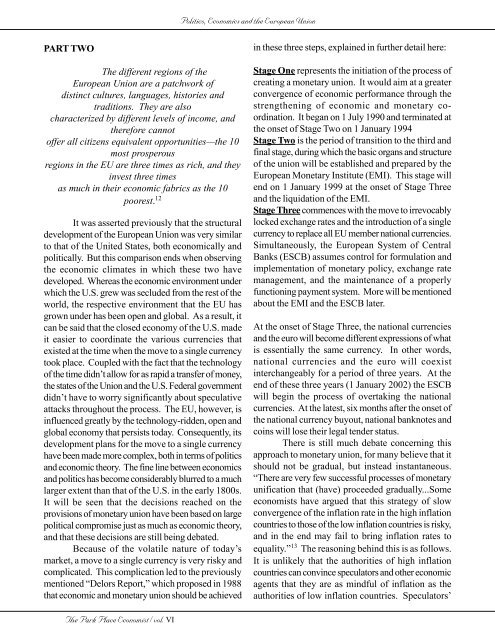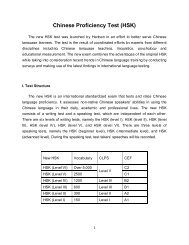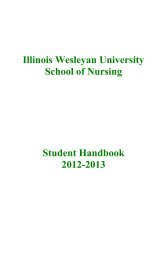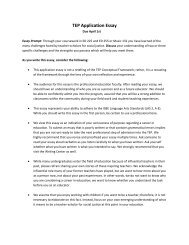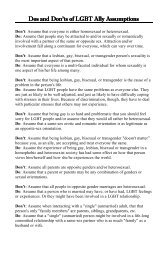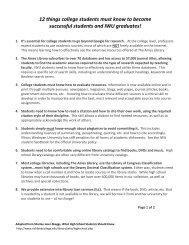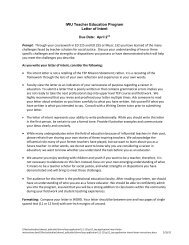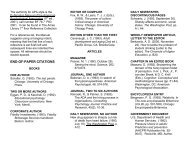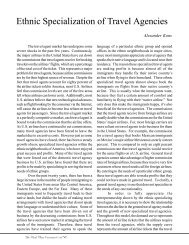Politics, Economics and the European Union
Politics, Economics and the European Union
Politics, Economics and the European Union
Create successful ePaper yourself
Turn your PDF publications into a flip-book with our unique Google optimized e-Paper software.
<strong>Politics</strong>, <strong>Economics</strong> <strong>and</strong> <strong>the</strong> <strong>European</strong> <strong>Union</strong><br />
PART TWO<br />
The different regions of <strong>the</strong><br />
<strong>European</strong> <strong>Union</strong> are a patchwork of<br />
distinct cultures, languages, histories <strong>and</strong><br />
traditions. They are also<br />
characterized by different levels of income, <strong>and</strong><br />
<strong>the</strong>refore cannot<br />
offer all citizens equivalent opportunities—<strong>the</strong> 10<br />
most prosperous<br />
regions in <strong>the</strong> EU are three times as rich, <strong>and</strong> <strong>the</strong>y<br />
invest three times<br />
as much in <strong>the</strong>ir economic fabrics as <strong>the</strong> 10<br />
poorest. 12<br />
It was asserted previously that <strong>the</strong> structural<br />
development of <strong>the</strong> <strong>European</strong> <strong>Union</strong> was very similar<br />
to that of <strong>the</strong> United States, both economically <strong>and</strong><br />
politically. But this comparison ends when observing<br />
<strong>the</strong> economic climates in which <strong>the</strong>se two have<br />
developed. Whereas <strong>the</strong> economic environment under<br />
which <strong>the</strong> U.S. grew was secluded from <strong>the</strong> rest of <strong>the</strong><br />
world, <strong>the</strong> respective environment that <strong>the</strong> EU has<br />
grown under has been open <strong>and</strong> global. As a result, it<br />
can be said that <strong>the</strong> closed economy of <strong>the</strong> U.S. made<br />
it easier to coordinate <strong>the</strong> various currencies that<br />
existed at <strong>the</strong> time when <strong>the</strong> move to a single currency<br />
took place. Coupled with <strong>the</strong> fact that <strong>the</strong> technology<br />
of <strong>the</strong> time didn’t allow for as rapid a transfer of money,<br />
<strong>the</strong> states of <strong>the</strong> <strong>Union</strong> <strong>and</strong> <strong>the</strong> U.S. Federal government<br />
didn’t have to worry significantly about speculative<br />
attacks throughout <strong>the</strong> process. The EU, however, is<br />
influenced greatly by <strong>the</strong> technology-ridden, open <strong>and</strong><br />
global economy that persists today. Consequently, its<br />
development plans for <strong>the</strong> move to a single currency<br />
have been made more complex, both in terms of politics<br />
<strong>and</strong> economic <strong>the</strong>ory. The fine line between economics<br />
<strong>and</strong> politics has become considerably blurred to a much<br />
larger extent than that of <strong>the</strong> U.S. in <strong>the</strong> early 1800s.<br />
It will be seen that <strong>the</strong> decisions reached on <strong>the</strong><br />
provisions of monetary union have been based on large<br />
political compromise just as much as economic <strong>the</strong>ory,<br />
<strong>and</strong> that <strong>the</strong>se decisions are still being debated.<br />
Because of <strong>the</strong> volatile nature of today’s<br />
market, a move to a single currency is very risky <strong>and</strong><br />
complicated. This complication led to <strong>the</strong> previously<br />
mentioned “Delors Report,” which proposed in 1988<br />
that economic <strong>and</strong> monetary union should be achieved<br />
in <strong>the</strong>se three steps, explained in fur<strong>the</strong>r detail here:<br />
Stage One represents <strong>the</strong> initiation of <strong>the</strong> process of<br />
creating a monetary union. It would aim at a greater<br />
convergence of economic performance through <strong>the</strong><br />
streng<strong>the</strong>ning of economic <strong>and</strong> monetary coordination.<br />
It began on 1 July 1990 <strong>and</strong> terminated at<br />
<strong>the</strong> onset of Stage Two on 1 January 1994<br />
Stage Two is <strong>the</strong> period of transition to <strong>the</strong> third <strong>and</strong><br />
final stage, during which <strong>the</strong> basic organs <strong>and</strong> structure<br />
of <strong>the</strong> union will be established <strong>and</strong> prepared by <strong>the</strong><br />
<strong>European</strong> Monetary Institute (EMI). This stage will<br />
end on 1 January 1999 at <strong>the</strong> onset of Stage Three<br />
<strong>and</strong> <strong>the</strong> liquidation of <strong>the</strong> EMI.<br />
Stage Three commences with <strong>the</strong> move to irrevocably<br />
locked exchange rates <strong>and</strong> <strong>the</strong> introduction of a single<br />
currency to replace all EU member national currencies.<br />
Simultaneously, <strong>the</strong> <strong>European</strong> System of Central<br />
Banks (ESCB) assumes control for formulation <strong>and</strong><br />
implementation of monetary policy, exchange rate<br />
management, <strong>and</strong> <strong>the</strong> maintenance of a properly<br />
functioning payment system. More will be mentioned<br />
about <strong>the</strong> EMI <strong>and</strong> <strong>the</strong> ESCB later.<br />
At <strong>the</strong> onset of Stage Three, <strong>the</strong> national currencies<br />
<strong>and</strong> <strong>the</strong> euro will become different expressions of what<br />
is essentially <strong>the</strong> same currency. In o<strong>the</strong>r words,<br />
national currencies <strong>and</strong> <strong>the</strong> euro will coexist<br />
interchangeably for a period of three years. At <strong>the</strong><br />
end of <strong>the</strong>se three years (1 January 2002) <strong>the</strong> ESCB<br />
will begin <strong>the</strong> process of overtaking <strong>the</strong> national<br />
currencies. At <strong>the</strong> latest, six months after <strong>the</strong> onset of<br />
<strong>the</strong> national currency buyout, national banknotes <strong>and</strong><br />
coins will lose <strong>the</strong>ir legal tender status.<br />
There is still much debate concerning this<br />
approach to monetary union, for many believe that it<br />
should not be gradual, but instead instantaneous.<br />
“There are very few successful processes of monetary<br />
unification that (have) proceeded gradually...Some<br />
economists have argued that this strategy of slow<br />
convergence of <strong>the</strong> inflation rate in <strong>the</strong> high inflation<br />
countries to those of <strong>the</strong> low inflation countries is risky,<br />
<strong>and</strong> in <strong>the</strong> end may fail to bring inflation rates to<br />
equality.” 13 The reasoning behind this is as follows.<br />
It is unlikely that <strong>the</strong> authorities of high inflation<br />
countries can convince speculators <strong>and</strong> o<strong>the</strong>r economic<br />
agents that <strong>the</strong>y are as mindful of inflation as <strong>the</strong><br />
authorities of low inflation countries. Speculators’<br />
The Park Place Economist / vol. VI


